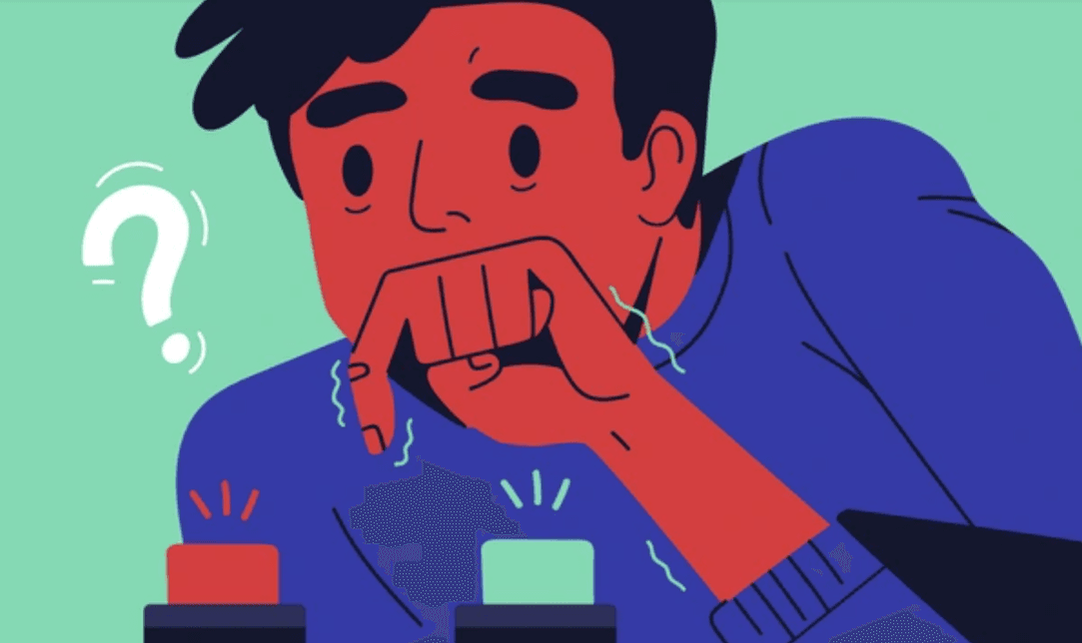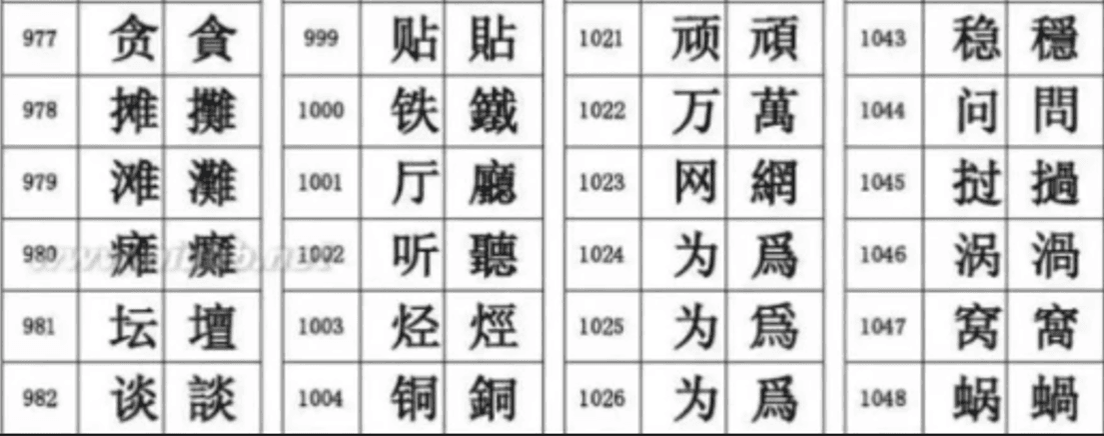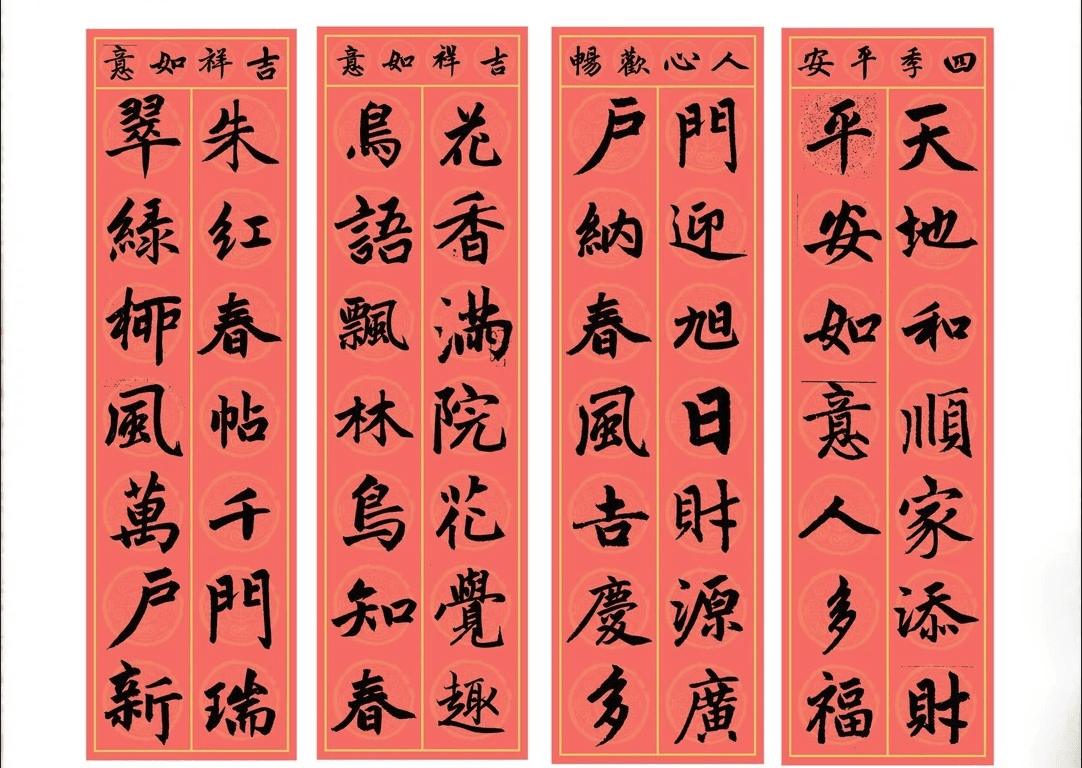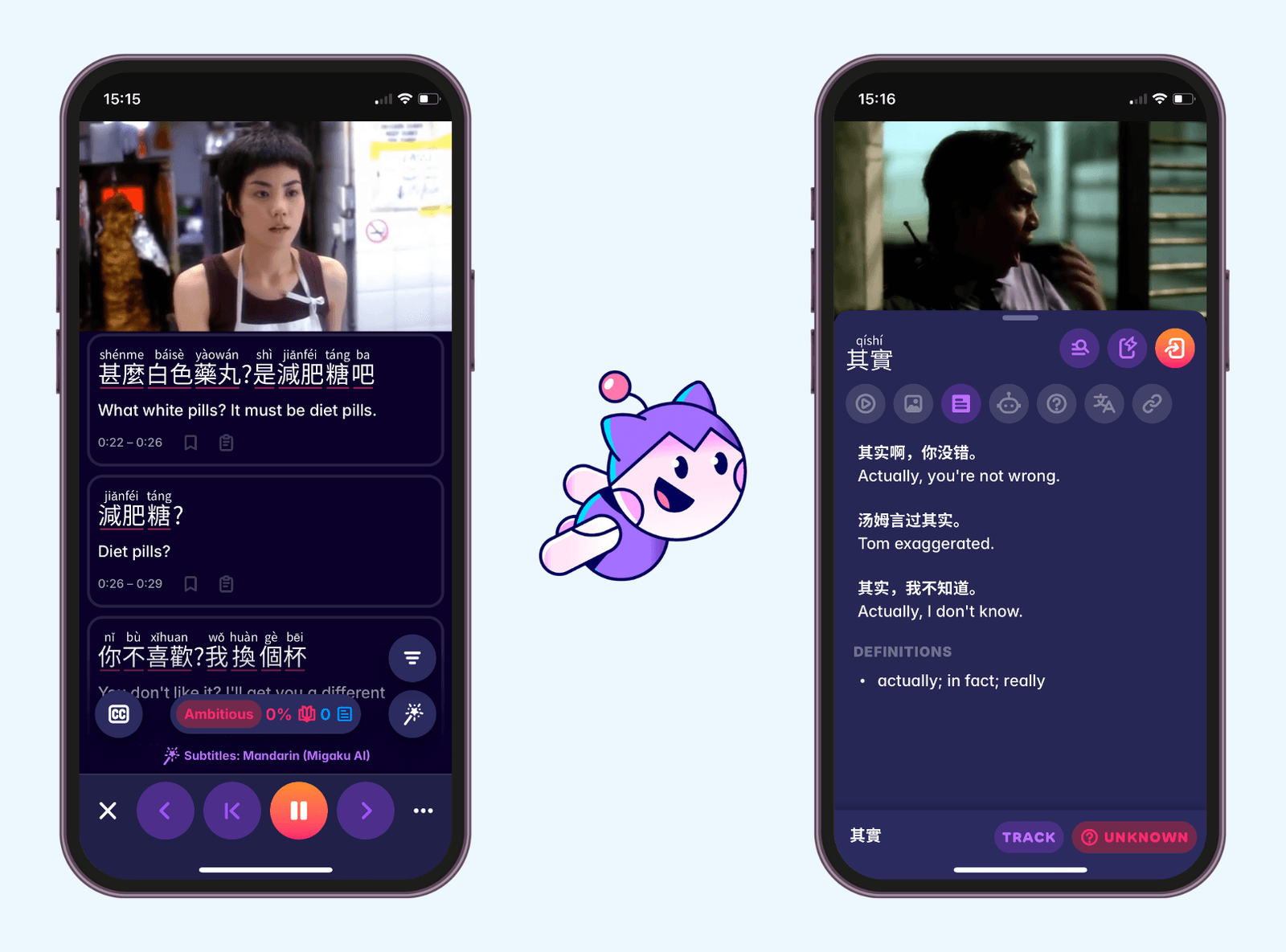Simplified vs Traditional Chinese: Differences of the Chinese Characters and Tips on Which to Learn
Last updated: November 26, 2025

Imagine these two scenarios:
- Your Simplified Chinese teacher asks you to write 龟 100 times
- Your Traditional Chinese teacher asks you to write 龜 100 times
They are both Chinese characters for turtles🐢, but you might be crying if it's the second case! In comparison, Simplified Chinese is streamlined for modern life; Traditional Chinese is steeped in artistic history. But which path is right for you, a Chinese learner? This isn't just about strokes on a page—it's about connecting with cultures, communities, and a billion-plus people.
- The historical split: why do we even have Simplified and Traditional Chinese?
- A visual comparison: the key differences between Traditional vs Simplified Chinese
- Geographic differences: where do people use Traditional Chinese and Simplified Chinese
- Which one to choose, Traditional or Simplified?
- Try this app if you want to enjoy media with both Simplified Chinese and Traditional Chinese
- FAQs
The historical split: why do we even have Simplified and Traditional Chinese?
For millennia, the Chinese writing system evolved organically, resulting in the character set we now call Traditional Chinese. These characters were the standard across the Chinese cultural sphere, prized for their calligraphic beauty and etymological depth.
However, by the early and mid-20th century, a pressing issue emerged in mainland China after the People's Republic of China was founded: the complexity of many characters made literacy difficult and time-consuming to achieve, creating a significant barrier to education and modernization for the vast majority of the population.
As a result, a government-led initiative in the People's Republic of China was launched, creating Simplified Chinese. This new script reduced the stroke count of thousands of common characters by streamlining components or creating entirely new, simpler forms. While mainland China adopted this new standard, regions like Taiwan, Hong Kong, and Macau continued using Traditional characters, creating the geographic divide we see today.

A visual comparison: the key differences between Traditional vs Simplified Chinese
At first glance, the difference can seem dramatic, but the relationship is often logical.
The simplification of complex components
The simplification process systematically targeted complex components. For example, the common radical (speech) was reduced from 7 strokes to just 2: 讠. This single change streamlined a whole family of characters, transforming (language) into , (speak) into , and (request) into .
Simple characters remain the same
Not all characters were altered, however. Many basic, high-frequency characters remain identical in both systems. Words like (person), (mountain), (water), and (big) are written the same way.
Structural redesign
On the other hand, the simplification wasn't uniformly applied. Some characters, like (fly), which became , underwent a complete structural redesign.
Characters merge
Others were merged, where one simpler form replaced multiple complex ones, such as representing both (hair) and (to send out).
Geographic differences: where do people use Traditional Chinese and Simplified Chinese
The modern-day use of Simplified and Traditional Chinese is largely defined by 20th-century political and educational reforms.
Simplified Chinese is the official script of the People's Republic of China, Malaysia, and Singapore, making it the most widely used writing system in the world by sheer population. Its adoption was a deliberate policy to promote mass literacy. Consequently, if your goals involve business, travel, or communication with mainland China or the Chinese people in Singapore or Malaysia, Simplified Chinese is the most practical and ubiquitous choice.
In contrast, Traditional Chinese has been preserved in regions that did not undergo these specific language reforms. It remains the official standard in Taiwan, Hong Kong, and Macau. Furthermore, most historic overseas Chinese communities, established before the simplification era, continue to use Traditional characters. Therefore, if your focus is on Taiwanese culture, the vibrant scenes of Hong Kong and Macau, or connecting with many long-established diaspora communities, learning Traditional Chinese will provide you with the most direct and culturally resonant access.
This picture shows that many shops in the Chinatown of New York use Traditional Chinese, as the communities were established before the simplification era.

Which one to choose, Traditional or Simplified?
Advantages of learning Simplified characters
The case for Simplified Chinese is rooted in practicality and scale. With over a billion users, it is the key to engaging with modern mainland China. For learners, the reduced stroke count means characters are often easier and faster to write and recognize from the outset, potentially accelerating early progress.
If your primary goal is efficient communication, business, or travel within mainland China, Singapore, or Malaysia, Simplified offers the most direct and widely applicable path.
Advantages of using Traditional Chinese
On the other hand, Traditional Chinese offers a deeper, more direct connection to the cultural and historical tapestry of the language. Many argue that its characters retain a clearer etymological story, making the relationship between form, meaning, and sound more intuitive for some learners.
It is the gateway to the vibrant cultures of Taiwan and Hong Kong, classical literature, centuries of calligraphic art, and many overseas communities. Choosing Traditional is often a choice for cultural immersion, historical appreciation, and aesthetic richness.
A possible solution for your dilemma
Let's have a look at this possible solution if you'd like to learn Mandarin with Simplified script, which is used by people in mainland China! That is, to learn Simplified Chinese systematically and pick up calligraphy as a hobby.
The interesting thing is that both people in mainland China and Taiwan basically speak Mandarin in the same way, despite the difference in the scripts. Therefore, by learning Mandarin with Simplified characters, you can speak to people from both mainland China and Taiwan, and read properly in mainland China.
If you are very passionate about Chinese culture, and you'd like to know more about the historical and cultural elements in Traditional Chinese, you can pick up Chinese calligraphy as your hobby! In fact, although Simplified Chinese is widely used in the daily life of mainland Chinese people, they still adopt Traditional script more often when practicing calligraphy. One example is the spring festival couplets. Many of them are written in Traditional Chinese.

Try this app if you want to enjoy media with both Simplified Chinese and Traditional Chinese
As a learner interested in Chinese culture in general, you may want to explore many highly rated movies and dramas in both Simplified and Traditional Chinese, depending on their respective cultural background. After all, what can be more immersive than watching mainland China movies with Simplified Chinese subtitles, and Hong Kong movies with Traditional ones!
That's when Migaku app can come in to help! Simply click on the magic wand in the lower left corner when playing the YouTube video. The app will generate Traditional Chinese subtitles for Hong Kong movies, and provide you with Mandarin pinyin for each character. A simple move, but a great boost to your language learning experience!

FAQs
No matter which one you choose to start with, make the choice count!
In the end, it's not about making the right choice, but making the choice right! By reading texts, practicing handwriting, and watching shows from mainland China (Simplified) or Taiwan (Traditional), you'll effortlessly adapt yourself to the characters, culture, and context.
If you consume media in Chinese, and you understand at least some of the messages and sentences within that media, you will make progress. Period.
So, pick your script, press play, and let your favorite stories power your journey to fluency. !